Every woman swears by her skincare regimen that took years to perfect. But what if they discovered the truth about ingredients added throughout the years to their favorite skincare products. What would it take for them to reconsider what they put on their skin?
When we found out these toxic chemicals (listed below) are in major cosmetic products, we were shocked! We couldn’t believe these major brands could get away with such deception. But it’s true. Over the years many new loopholes have been discovered and exploited to lower the cost of manufacturing, produce quick (yet dangerous) results and increase their overall profit margins.
What are the toxic ingredients and fillers?
The biggest offending ingredient that has crept into your daily skincare routine is Propylene Glycol which is found in major cosmetic brands products such as Neutrogena, L’Oreal, Shu Uemura, Olay, Khiels, Chanel, Crème de la Mer and La Prairie just to name a few.
Propylene Glycol is the core ingredient in Antifreeze, it’s freezing point is -74.2°F (-59°C). It’s considered “Poisonous” by the EPA and in 1991 American Academy of Dermatologists shunned it’s use and categorized it as a “Skin Irritant and Allergen” even in tiny amounts.
It’s sold to American consumers as the “Puffing, plumping, moisture locking miracle ingredient”, whereas its use is banned in Canada and most other countries as these so called “Benefits” are in reality just your skin being irritated and damaged by Propylene Glycol.
Don’t see Propylene Glycol in your favorite products? Check for some of it’s known aliases: methyl ethyl glycol, propane-1,2-diol, and 1,2-dihydroxypropane , propane-1, 2-diol, and 1,2-dihydroxypropane. Yes, these are alias names for Propylene Glycol. Yet another trick major cosmetic brands use to keep customers misinformed about what’s in their products.
What cheap fillers are major brands using?
Water. No seriously! They have even gone as far as to rebrand water and sell it to you at an ultra premium. Ingredients are listed by their percentage in the overall product contents, and 9 times out of 10 water is either the first, or in the top 3 ingredients in these brands.
You might not see “Water” exactly, they try to disguise it by using yet again more alternative names such as “Aqua”, “Eau”, “Dihydrogen monoxide”, “Vor-Mag” and “Hydroxyl”.
These are all terms used by cosmetic companies to describe and mislead consumers into thinking they are something other than simply water.
Other cheap fillers commonly found in cosmetic products are Glycerin (Clear plant based Filler) and Petrolatum also known as it’s brand name, Vaseline.
How and why is this allowed?
Unfortunately the FDA and other governing consumer agencies have very little to no say in what’s allowed in cosmetic products in the United States, years of lobbying and lack of consumer interest have kept these companies in power to do whatever they want.
Squeezing every last cent of profit out of their products and customers with little to no regard for their health & wellbeing is definitely what they want. It keeps consumers like you and I coming back for more products to solve the new problems they just created. And it’s working, quite well.

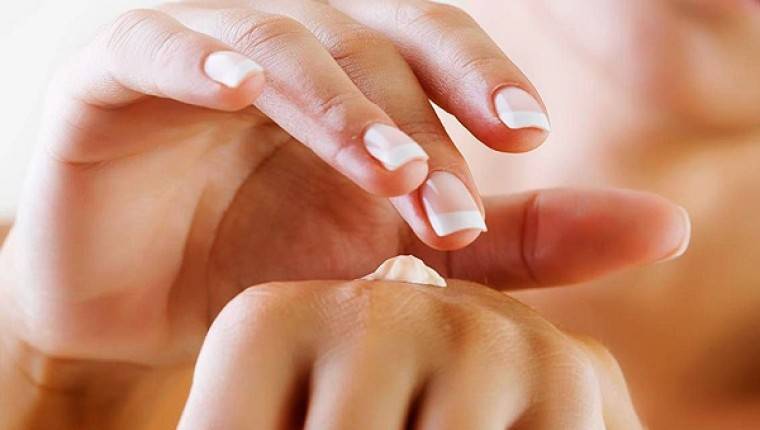
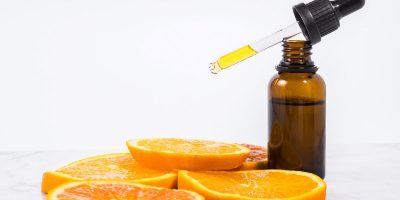
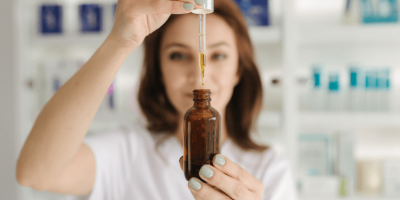
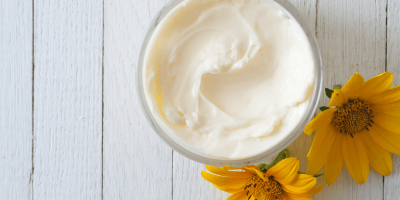

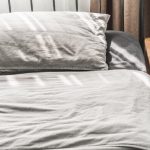


ilosone drug using by yanomamo
Hi there friends, fastidious paragraph and nice urging commented at
this place, I am in fact enjoying by these.
Customer Support
We appreciate the kind thoughts!